Karan Shah
Materials Learning Algorithms (MALA): Scalable Machine Learning for Electronic Structure Calculations in Large-Scale Atomistic Simulations
Nov 29, 2024



Abstract:We present the Materials Learning Algorithms (MALA) package, a scalable machine learning framework designed to accelerate density functional theory (DFT) calculations suitable for large-scale atomistic simulations. Using local descriptors of the atomic environment, MALA models efficiently predict key electronic observables, including local density of states, electronic density, density of states, and total energy. The package integrates data sampling, model training and scalable inference into a unified library, while ensuring compatibility with standard DFT and molecular dynamics codes. We demonstrate MALA's capabilities with examples including boron clusters, aluminum across its solid-liquid phase boundary, and predicting the electronic structure of a stacking fault in a large beryllium slab. Scaling analyses reveal MALA's computational efficiency and identify bottlenecks for future optimization. With its ability to model electronic structures at scales far beyond standard DFT, MALA is well suited for modeling complex material systems, making it a versatile tool for advanced materials research.
Accelerating Electron Dynamics Simulations through Machine Learned Time Propagators
Jul 12, 2024
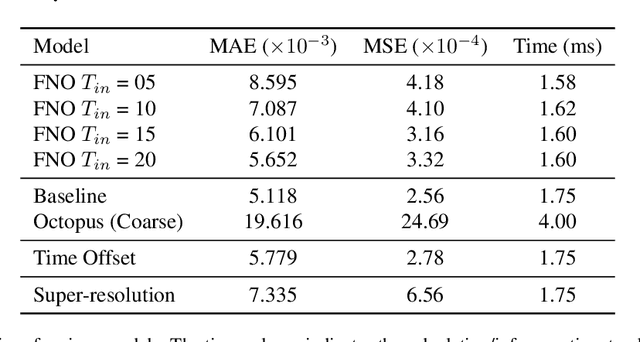
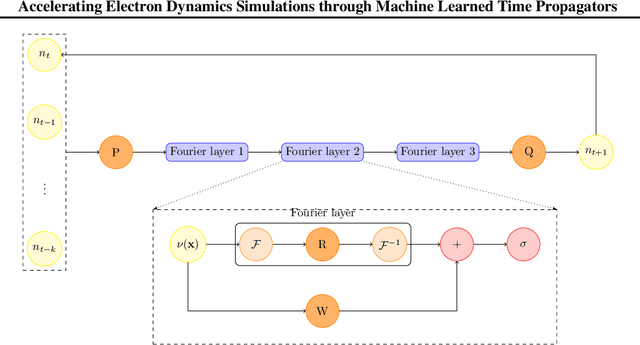

Abstract:Time-dependent density functional theory (TDDFT) is a widely used method to investigate electron dynamics under various external perturbations such as laser fields. In this work, we present a novel approach to accelerate real time TDDFT based electron dynamics simulations using autoregressive neural operators as time-propagators for the electron density. By leveraging physics-informed constraints and high-resolution training data, our model achieves superior accuracy and computational speed compared to traditional numerical solvers. We demonstrate the effectiveness of our model on a class of one-dimensional diatomic molecules. This method has potential in enabling real-time, on-the-fly modeling of laser-irradiated molecules and materials with varying experimental parameters.
Data Science Education in Undergraduate Physics: Lessons Learned from a Community of Practice
Mar 01, 2024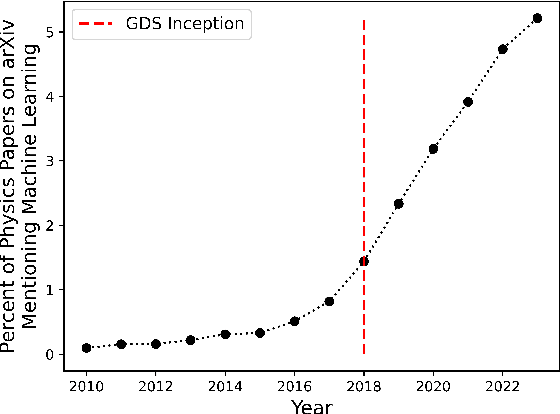
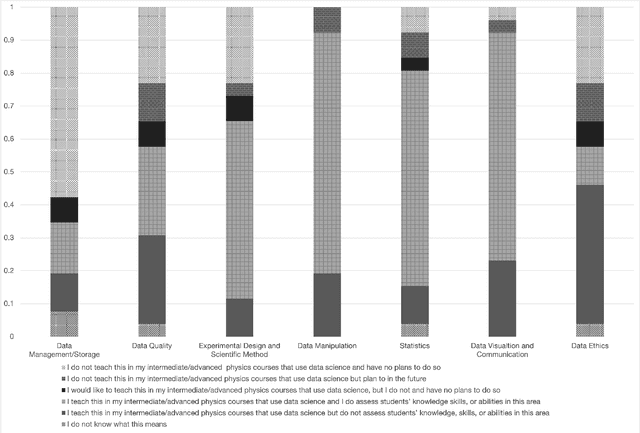
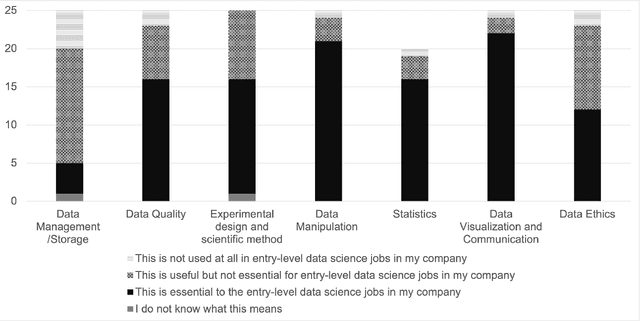
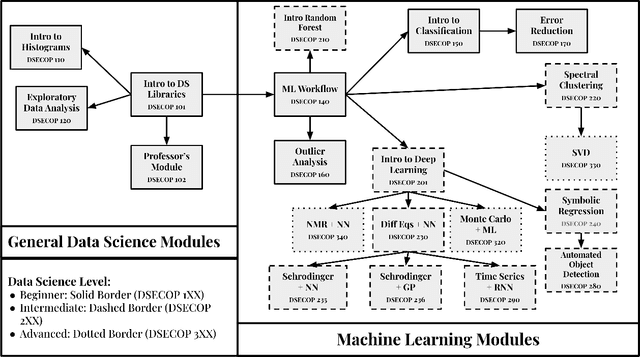
Abstract:With the increasing availability of diverse datasets, ranging from small-scale experimental data points to large and complex data repositories and powerful data analysis tools, it is increasingly important that physics educators equip their students with the skills to work with data effectively. However, many educators may lack the necessary training and expertise in data science to teach these skills. To address this gap, we created the Data Science Education Community of Practice (DSECOP), bringing together graduate students and physics educators from different institutions and backgrounds to share best practices and lessons learned in integrating data science into undergraduate physics education. In this article, we present insights and experiences from this community of practice, highlighting key strategies and challenges in incorporating data science into the introductory physics curriculum. Our goal is to provide guidance and inspiration to educators who seek to integrate data science into their teaching, helping to prepare the next generation of physicists for a data-driven world.
XLDA: Linear Discriminant Analysis for Scaling Continual Learning to Extreme Classification at the Edge
Jul 21, 2023Abstract:Streaming Linear Discriminant Analysis (LDA) while proven in Class-incremental Learning deployments at the edge with limited classes (upto 1000), has not been proven for deployment in extreme classification scenarios. In this paper, we present: (a) XLDA, a framework for Class-IL in edge deployment where LDA classifier is proven to be equivalent to FC layer including in extreme classification scenarios, and (b) optimizations to enable XLDA-based training and inference for edge deployment where there is a constraint on available compute resources. We show up to 42x speed up using a batched training approach and up to 5x inference speedup with nearest neighbor search on extreme datasets like AliProducts (50k classes) and Google Landmarks V2 (81k classes)
 Add to Chrome
Add to Chrome Add to Firefox
Add to Firefox Add to Edge
Add to Edge